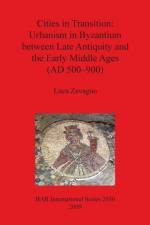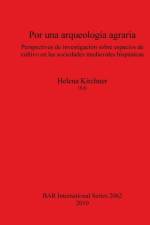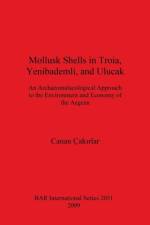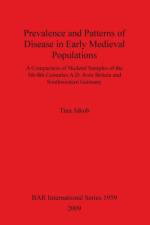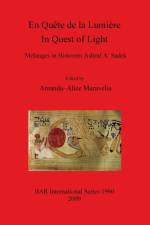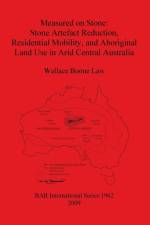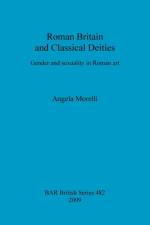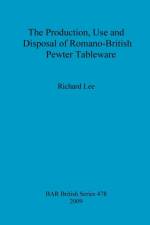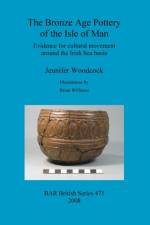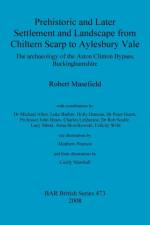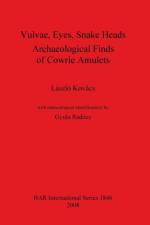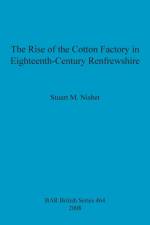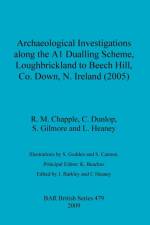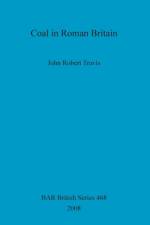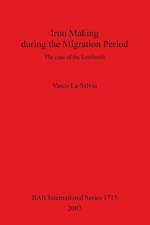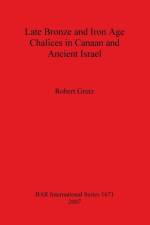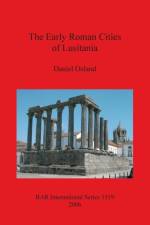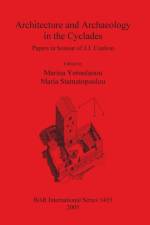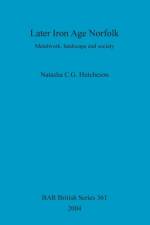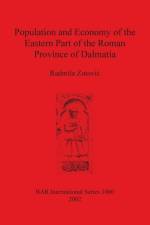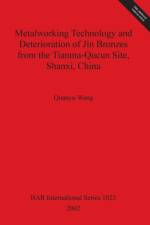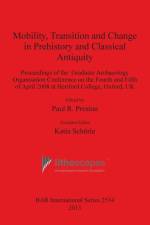- The archaeology of the Aston Clinton Bypass, Buckinghamshire
von Robert Masefield
138,00 €
The publication of results, undertaken on behalf of The Highways Agency, UK, of archaeological excavations and watching brief works in advance of and during the construction of a 6.3km bypass around Aston Clinton, Buckinghamshire (UK). Excavation at Woodlands Roundabout Site A in 2002 revealed late Bronze Age to early Iron Age activity, on the fringes of settlement and included placed human bone and rare 'concertina' vessels in pits. Structures, including an unusually robust 4-poster within a pennaular gully and an oval structure may have associations with mortuary practices. This site was abandoned no later than the middle Iron Age, well before the construction of Roman Akeman Street, which lies beneath the A41, and over which Woodlands Roundabout has been constructed. The Roman road's construction was evidenced by gravel quarries and by its probable make-up layers. Other sites reported include excavation on either side of the B489 Lower Icknield Way Site B near Buckland, in 2001 and 2002, and excavations in 2001 on former arable land at Tring Hill Site D, just within the Buckinghamshire boundary with Hertfordshire, which produced plough truncated remnants of late Iron Age enclosure ditches, pits and post-holes, including four-post structures.With contributions by Dr Michael Allen, Luke Barber, Holly Duncan, Dr Peter Guest, Professor John Hines, Charles LeQuesne, Dr Rob Scaife, Lucy Sibun, Anna Slowikowski and Felicity Wild, with site illustrations by Matthew Pearson and finds illustrations by Cecily Marshall

